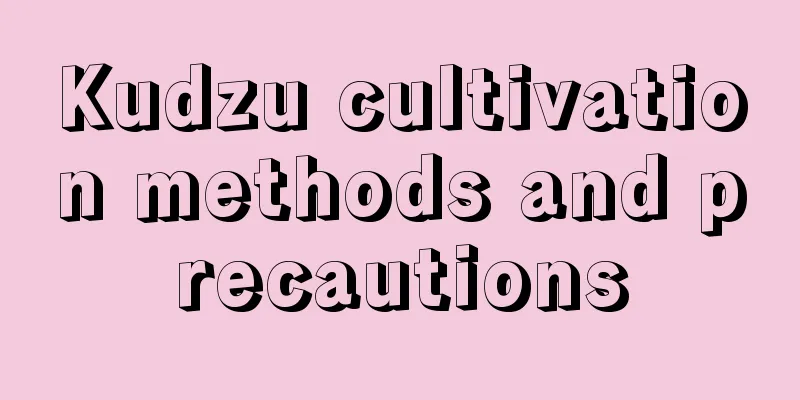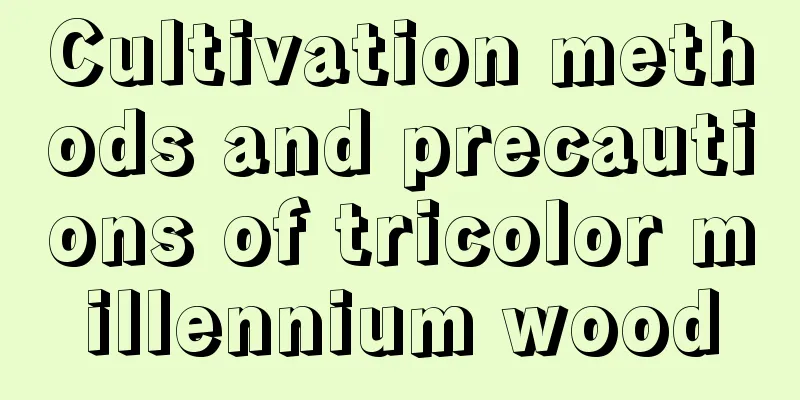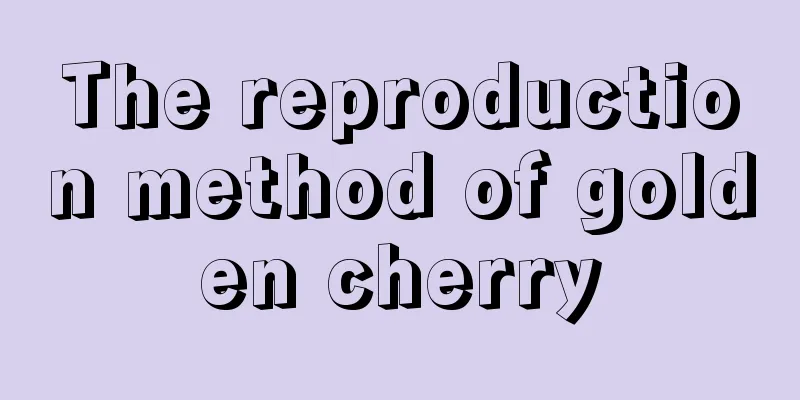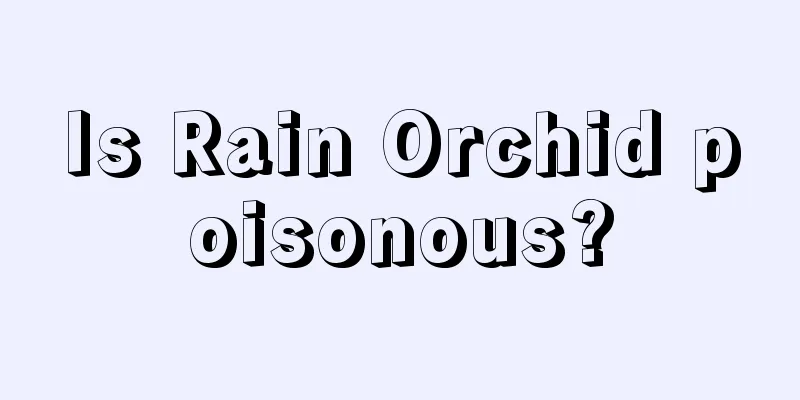Kudzu cultivation methods and precautions

1. Maintenance methods1. Light management: During the maintenance process, try to place it in a sunny environment, because the plant likes sunlight and warmth. 2. Substrate selection: Kudzu has strong adaptability and is mostly distributed in the wild on sunny and moist hillsides and along woodland roadsides. The soil you prepare should preferably be loam or sandy loam that is well drained and relatively loose. 3. Nutrient management: Kudzu prefers a fertile soil environment, so during the cultivation process, try to keep the nitrogen, phosphorus and potassium content in the soil sufficient. 4. Temperature management: It likes warm and humid environment and has a certain degree of cold and drought resistance. The suitable temperature for seed germination is around 20℃, and it can germinate at 15-30℃. It usually germinates 4 days after sowing. 2. Breeding techniques1. Summer: The temperature should be kept at 15-30 degrees Celsius in summer. If placed indoors, it is necessary to keep it well ventilated and avoid direct sunlight in hot summer. 2. Repotting: Because it is a shrub-like vine, it is recommended to plant it in a larger pot. It is best to loosen the soil every month to keep the pot ventilated. Do not damage the roots when repotting. Remove it from the pot and simply trim the roots before planting it in a new pot. 3. Problem diagnosis and treatment1. Yellowing leaves: If yellowing leaves occur, it is most likely caused by fertilization. Too much fertilizer can easily burn the roots and cause the leaves to turn yellow. 2. Pests: There are few diseases in kudzu. During the growing period, crickets, beetles and other pests mainly damage the stems and leaves. Crickets can be killed by spraying 2000 times diluted 80% DDT emulsion, and beetles can be killed by spraying 1000 times diluted 90% crystal trichlorfon on the leaves in May and June. Other pests can be controlled with malathion, chlorpyrifos, etc. IV. Other issues1. Is it toxic? Wild kudzu is a non-toxic plant, so even if it is grown in a potted plant, it will not cause any harm. 2. Pruning and maintenance: Because it is highly adaptable, there is no need to prune its branches and leaves regularly. Usually, if the plant is very dense, regular pruning is sufficient, just removing the branches and leaves that affect its growth. |
<<: Breeding methods and precautions of pineapple
>>: Cultivation methods and precautions of annual holly
Recommend
How to grow Kusu succulent
The succulent Kusu is a succulent plant that is v...
Is Tillandsia poisonous?
1. Is it toxic? Tillandsia is a non-toxic plant. ...
Homemade orchid fertilizer
1. Peanut Shells The leftover peanut shells can b...
How long does it take for a fiddle-leaf fig to take root in water before it can be grown in soil (how to switch to soil after taking root in water)
How to change to soil culture after hydroponic cu...
What crops are suitable for growing in saline-alkali land in the north? Crops suitable for saline-alkali soil
Saline-alkali land refers to areas where the salt...
What is the value of African ice grass
Edible value of African ice grass African ice gra...
Leek cultivation technology and key points, leek cultivation time
1. Variety selection When cultivating, you need t...
The difference between red plum and winter plum
1. Difference of blades The leaves of red plum ar...
Rubber tree cultivation methods and precautions
1. Flower Pot Requirements for flower pot quality...
What tree stump is used to graft lollipop roses (how to graft lollipop roses with a high survival rate)
Many flower lovers like rose lollipops. Early spr...
Succulent pennywort...cut it quickly after it blooms, otherwise it will die immediately!
Cut the succulents off immediately after they blo...
What are the common varieties of pomegranate flowers?
Pomegranate The pomegranate fruit is mainly for p...
What kind of flower pot looks good with peach eggs
What flower pots look good with peach eggs The pe...
The Feng Shui Effect of Hosta
The Feng Shui Effect of Hosta – Five Elements Cul...
When is the best month to plant cherry tomatoes?
When to plant cherry tomatoes Cherry tomatoes are...









